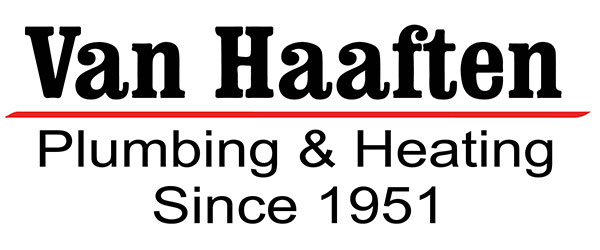It’s always nice when we manage to save money on our utility bills, but it turns out there’s a way to lower energy use, even when you’re not even home.
The key is your thermostat. By using automatic schedules, you can structure its daily schedule around your personal preferences. You can create a number of automated temperature settings for when you’re home, away or even when you’re sleeping.
If you’re willing to make these adjustments, you’ll be able to enjoy comfortable temperatures while also keeping more of your money. Here are some ways your thermostat doesn’t have to use up all your summer spending money:
While at Home
When you’re home, you want a nice range of pleasant temperatures. That’s why it’s best to set your thermostat lower in the summer while you are in the house to appreciate the cool air.
But in terms of energy efficiency, the best range for the summer is in fact anywhere between 78 and 80 degrees Fahrenheit. By adjusting things a few degrees, you’ll keep cool while keeping your energy bill more manageable.
While Gone
When setting the temperature for whenever you’re gone, it’s extremely common to move the thermostat higher than normal.
Depending on the local climate or your home’s location, you can set the thermostat to temperatures as high as 88 degrees while no one is home before you adjust it back to the sweet spot of 78-80 degrees after you return. This way, your air conditioning unit won’t be working overtime to keep an empty house cool.
While Asleep
To enjoy a good night’s sleep during the summer, you want a nice cool temperature. A great place to start is between 68-72 degrees Fahrenheit. There’s less risk of getting too hot or too cold when you are trying to get some rest.
Other Strategies for Lowering Energy Use:
- Install a smart thermostat: Using a smart thermostat in the summer can lower energy costs as it forms temperature schedules according to your lifestyle and home environment. They can lower the temperature while you are home or sleeping, while allowing it to warm up when the house is empty. Using reputed brands and models such as the Lennox iComfort, you have the ability to remotely access and change the temperature through your smartphone, tablet or laptop. Planning smart thermostat installation in your Pella home can be the simplest strategy for maintaining comfortable, yet energy-efficient temperatures whether you’re at home or across the country.
- Upgrade your HVAC system: Upgrading your HVAC system saves money right from the start. With greater energy efficiency, lower utility bills won’t be far behind since it requires less energy to achieve comfortable temperatures. Air conditioning installation in Pella is a great way to beat the heat in the summer.
- Keep up with AC maintenance: Hiring a skilled professional to perform regular air conditioning maintenance in Pella can have a significant impact on your utility bills. By regularly cleaning the coils, checking for damage and clearing ventilation of dust and debris, this can help your HVAC system perform better during day-to-day use.. Higher energy efficiency will also reduce strain on important or delicate components and lowers operational costs, leading to lower energy usage, which translates into lower energy bills.
- Replace your air filter regularly: Regularly changing the air filters in your HVAC system saves money by improving airflow. When filters are clogged with dirt and debris, your air conditioner will have to work harder, and the strain can reduce the system’s life span and cause breakdowns.
- Check your attic insulation: Insulation is one of the key components in any energy-efficient home, securing the hot air outside and the cool air inside over the summer. The North American Insulation Manufacturers Association (NAIMA) recommends that homes in the southern United States should install at least 13-14 inches of insulation, while states further north need 16-18 inches.
- Review your air ducts: Leaky ductwork can raise your energy bills much more than 20 percent, plus it can affect equipment such as your water heater, clothes dryer and other appliances to get into the atmosphere of your home. Watching for signs of leaks and sealing them can address both concerns.
- Seal all other leaky spots in your home: Sealing leaky spots in your home with caulk, foam sealant or weather-stripping can help keep it cooler on hot summer days. You should also check for any gaps around windows, doors and even outdoor fixtures. Taking the time to seal up any leaks now can help you save a lot over time.



